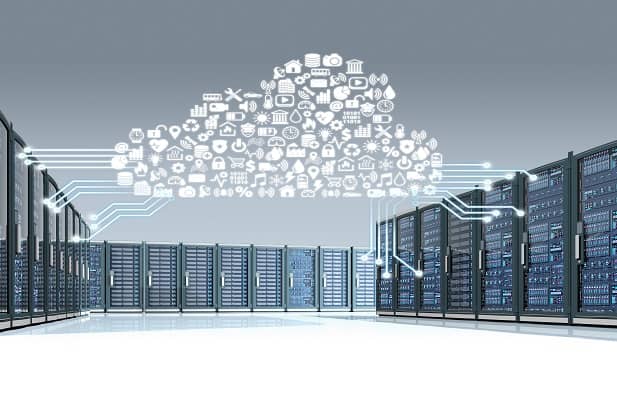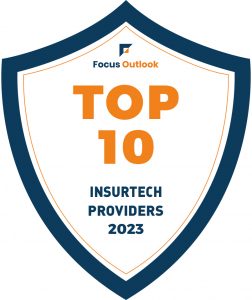The following list is a broad set of information required while migrating from a mainframe. This is by no means exhaustive but is meant to provide adequate scope for anybody embarking on such projects.
Do drop us a note if you feel there are additions that you would like to be included.
- Application Meta Data
- Objectives and Critical Success factor for the project migration.
- Any known challenges, issues, limitations of applications?
- How many environments are they working with?
- Tools used in the current environment.
- Dependency with other applications
- How big is the application? Number of lines of code.
- Upstream and Downstream interfaces of the applications.
- Any third-party products / tools / components libraries used in the application.
- Users and Security
- How many users? & How many are concurrent?
- How many user groups?
- Details of role mapping.
- Application Performance
- Application availability – 24/5 or 24/7 or other
- Data Recovery requirements.
- Back-up and Recovery requirements.
- What are the typical maintenance activities that will be done during the maintenance window of the application?
- MIPS details.
- What is the current Mean Time to Recovery?
- Transaction Growth Rate.
- Legal and Regulatory Compliances
- Are periodic audits/reviews required by regulatory/government agencies?
- Resources
- Existing application team structure.
- Dependent Owners.
- Stake holders and their responsibilities.
- Storage
- List down current types of storage and their rate of growth.
- Data / Database
- Types of data.
- Complexity of data.
- Amount of data.
- Rate of growth of data
- Partitioning and details of partitioning.
- Data Transformation requirements while migrating.
- Data Sharing.
- Source Code
- Types of language.
- Number of components.
- Number of online screens.
- Batch Process Details
- Total number of batch jobs.
- Different schedulers and their details.
- Are there any SAR/SAS reports?
- Job flow details.
- Peak number of scheduling requests per day.
- Monitoring
- Components to monitor.
- Current process for
- Application performance monitoring
- End to end transaction monitoring.
- Tools/products to be used.
- Printing
- Current Print Ecosystem.
- Current Print requirements.
- Current Reporting requirements.
- Frequency and type of reports.
- Testing
- Availability of test cases.
- Testing Process/ Tools used.
- Test scripts and their availability.
- Systems
- Number of mainframe systems used and their models, configuration, and setup details.
- Available processors and their models.
- OS and their versions.
- Memory capacity and their management.
- Program planning and execution
- Change management process currently in place.
- Information Security related process, procedures and documents.
Our aim at Kumaran Systems is to be a trusted partner for organizations embarking on mainframe modernization projects. Feel free to reach out to us in exploring our specialized range of services.



